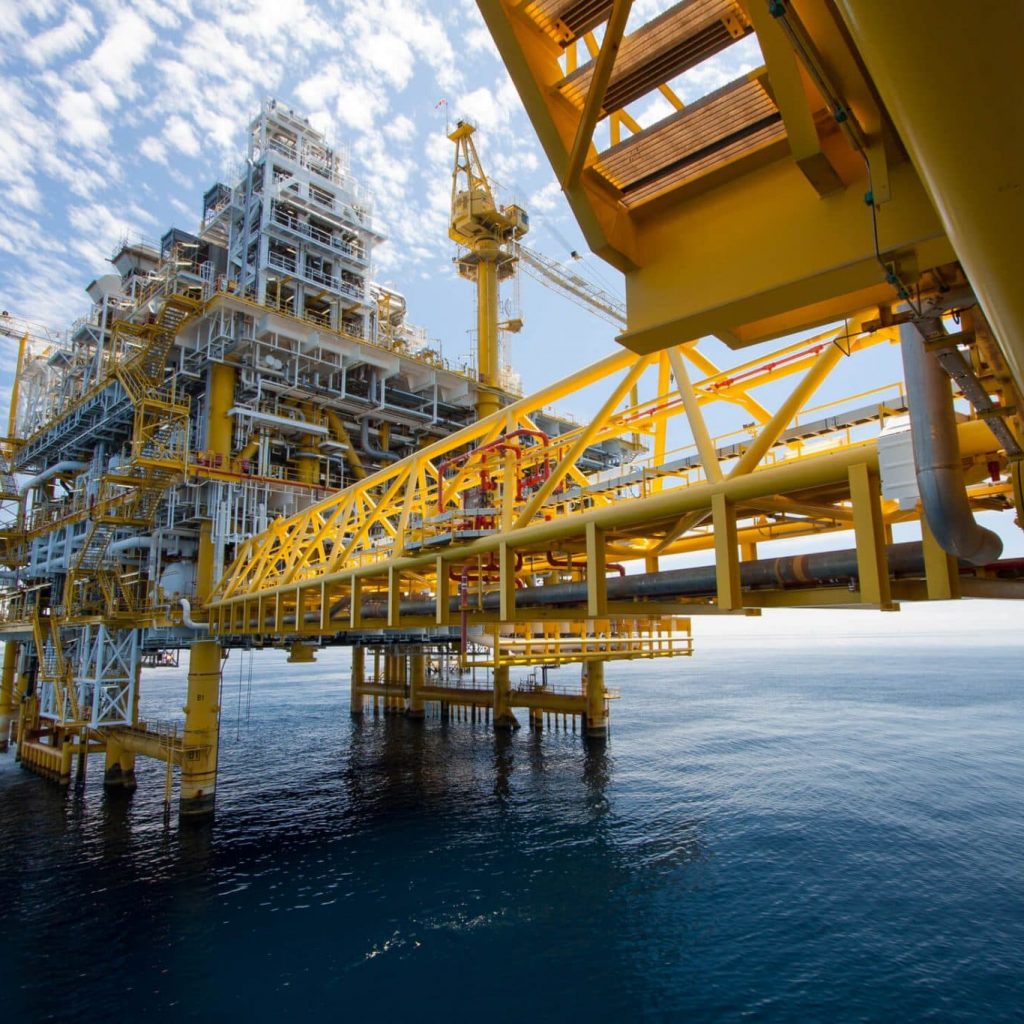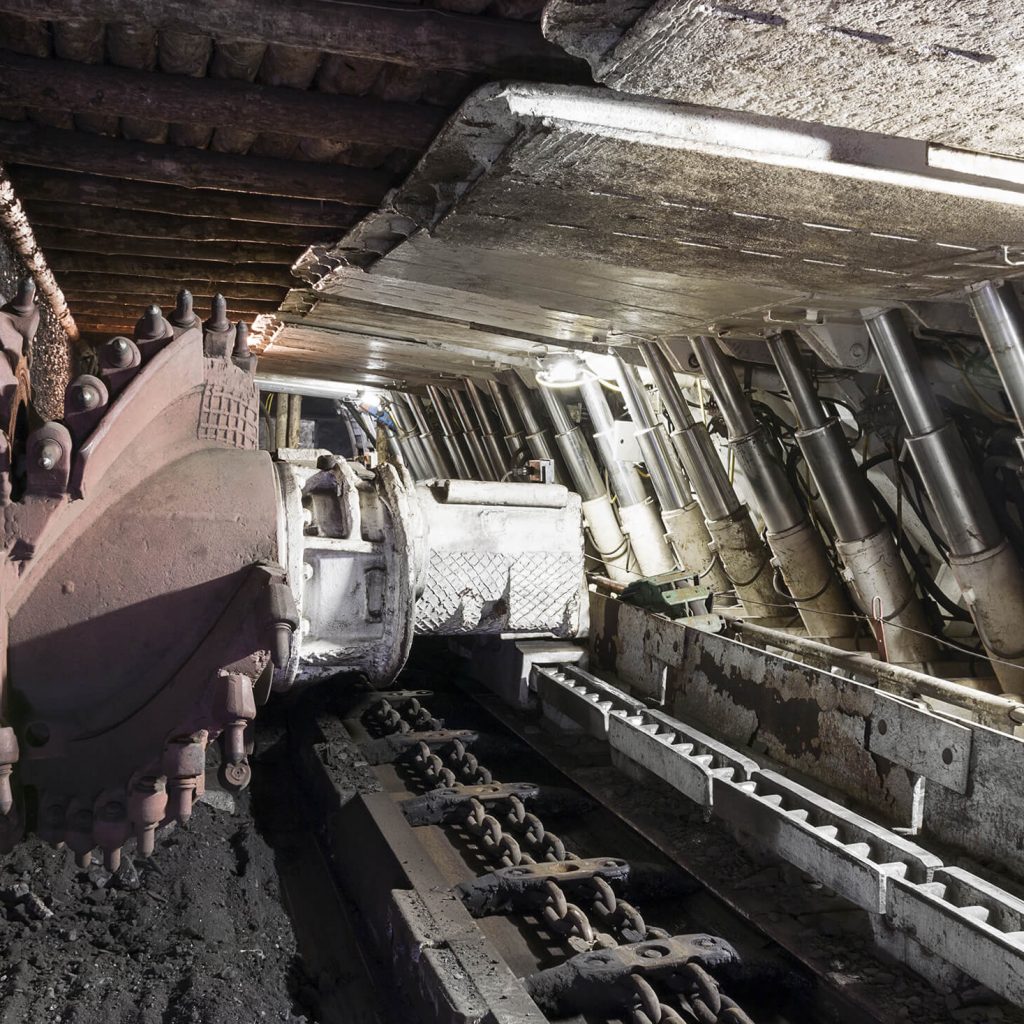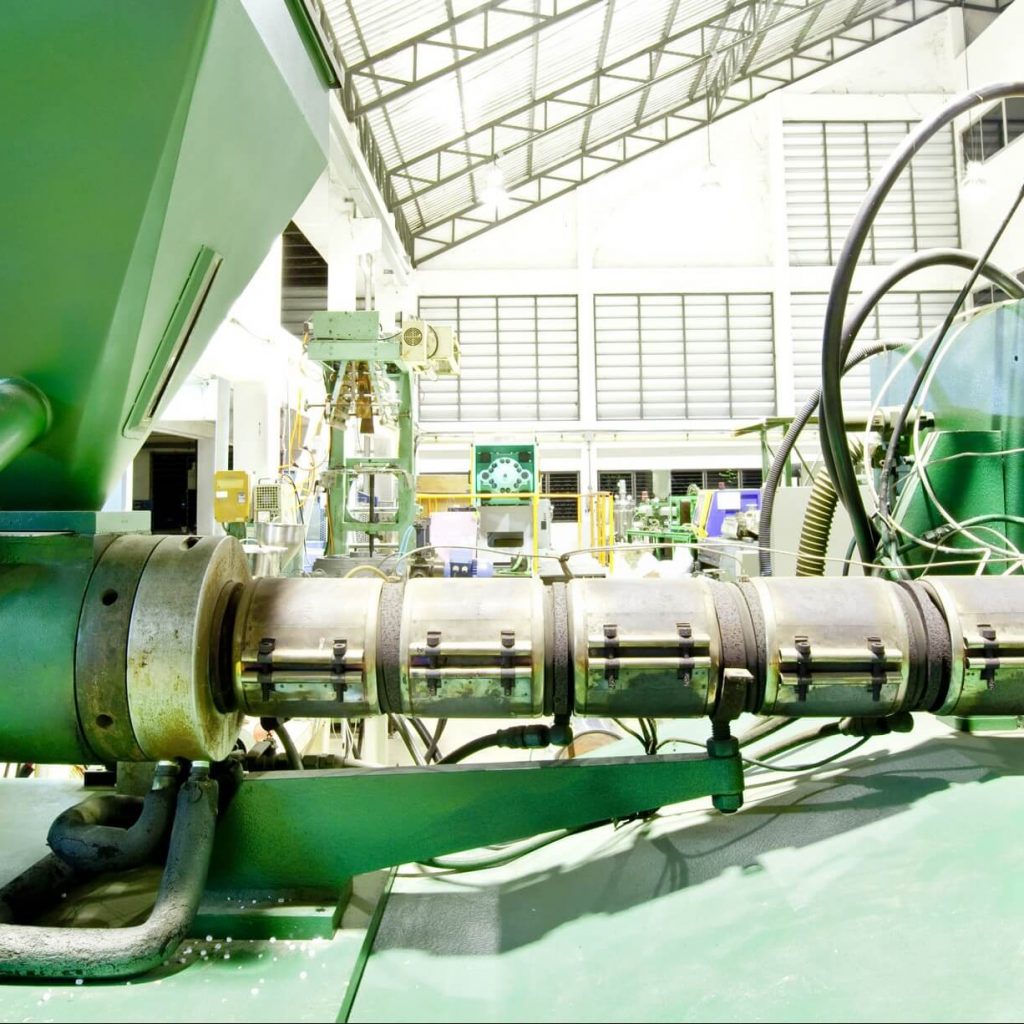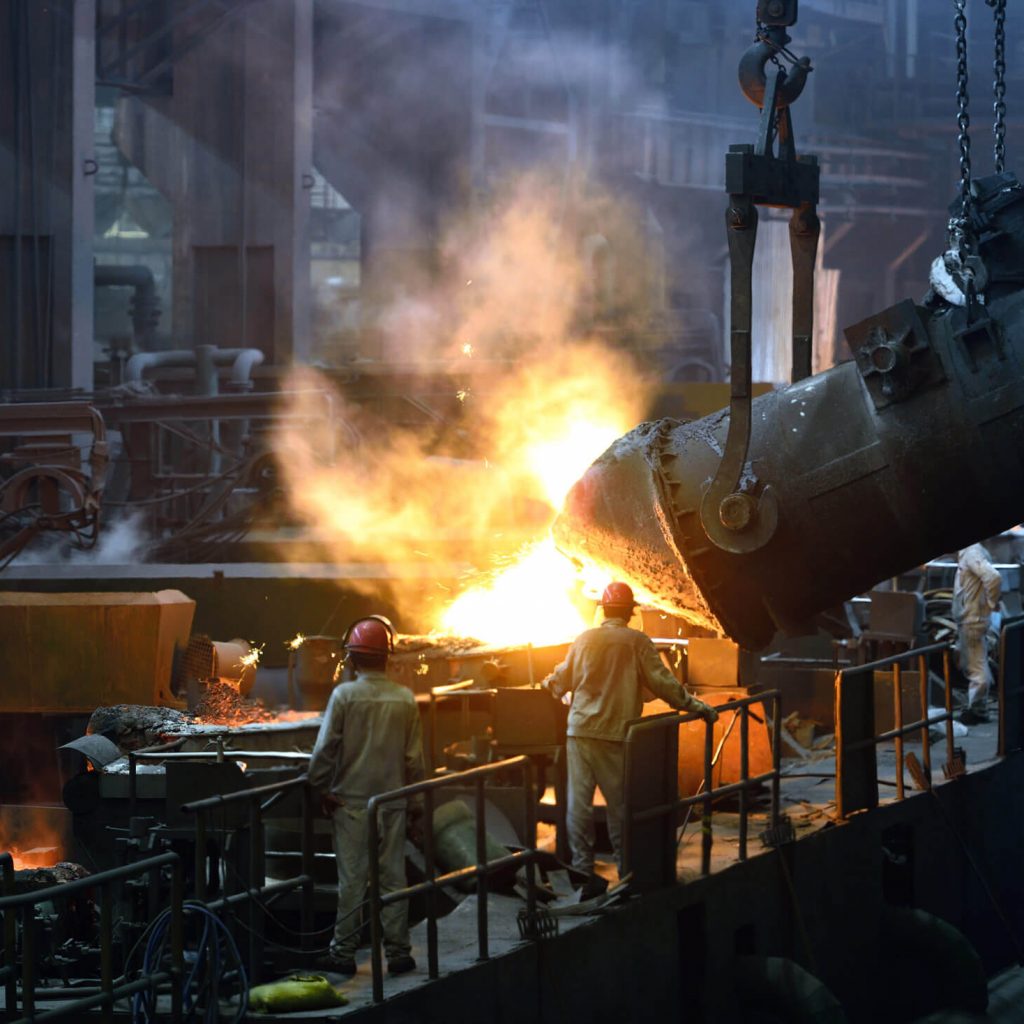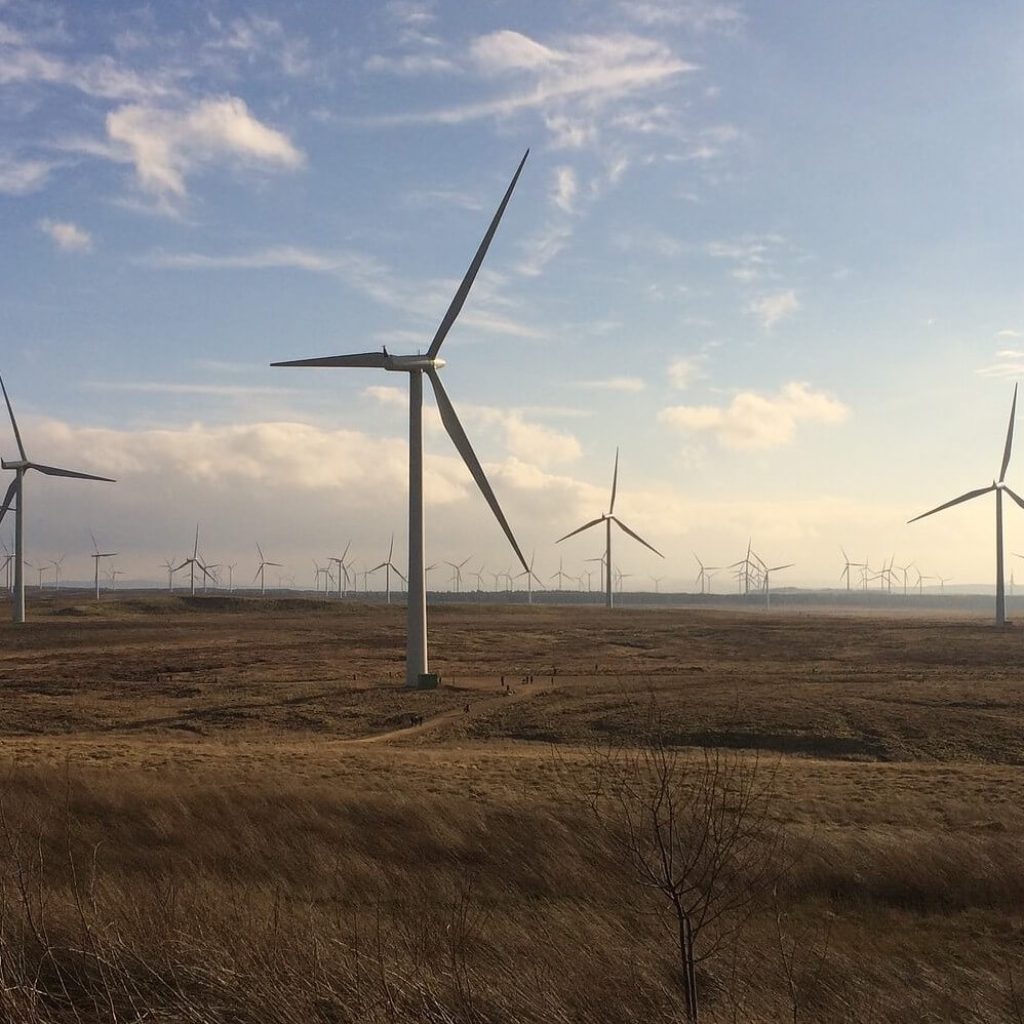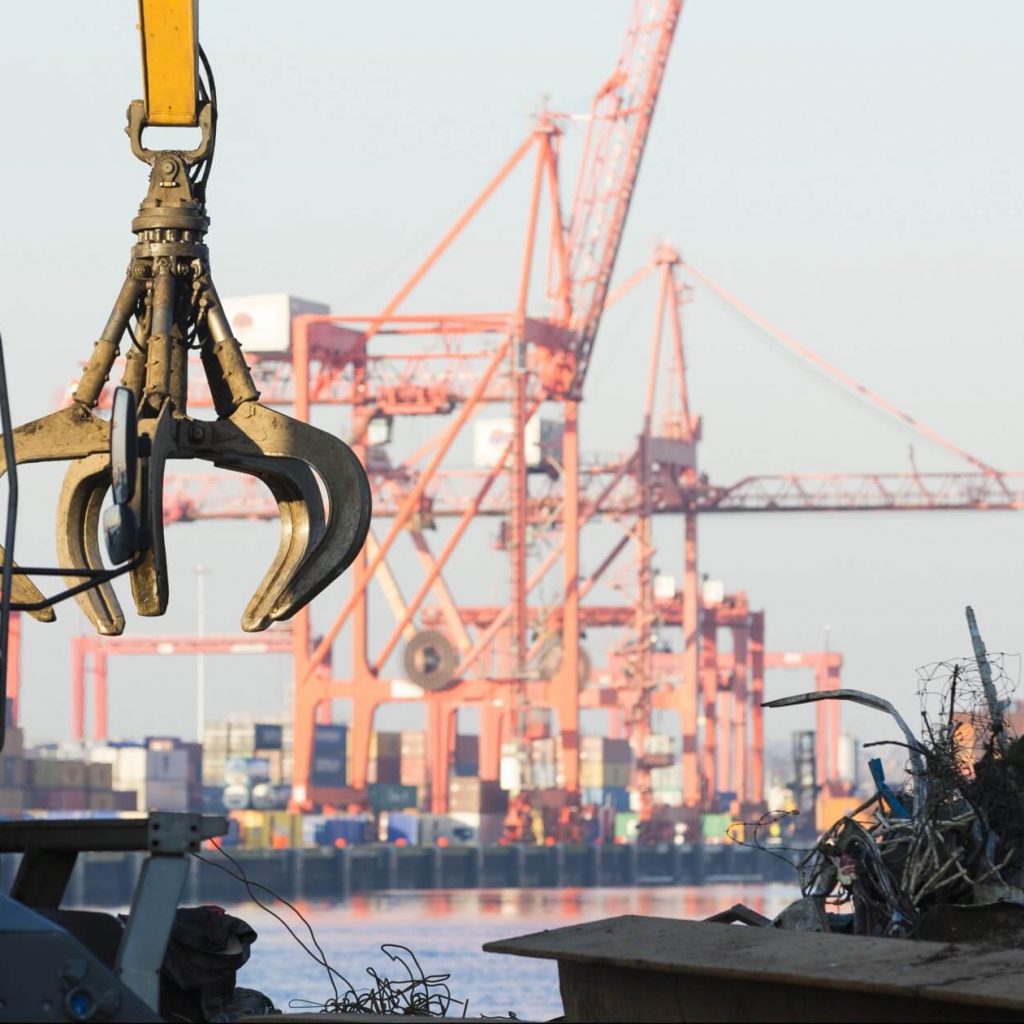A Guide to Hydraulic Cylinders
Market leading innovations with hydraulic cylinders
Hydraulic cylinders were first developed in the late 18th Century. Hydraulic systems are based on Pascal’s law of fluid pressure, which states that when pressure is applied on a fluid, an equal pressure will be exerted throughout that fluid in all directions.
Hydraulic cylinders can be used for any application where a strong push or pull force is required. They initially found numerous uses during the industrial revolution, when the increase of factories and production required multiple hydraulic applications. Now, hydraulic cylinders are utilised in equipment across a wide range of industries – including construction, manufacture, mining and offshore industries.
- Types of Hydraulic cylinder
- Single Acting Hydraulic Cylinders
- Double acting Hydraulic Cylinders
- Telescopic cylinders
- Jack cylinders
- How does a Hydraulic Cylinder Work?
- How to size a cylinder
- Manufacturing a Hydraulic Cylinder at Apex Hydraulics
- Hydraulic Cylinder Parts
- Cylinder tube / cylinder barrel
- Cylinder rod
- Piston
- Hydraulic fluid
- Mounting interface at both ends
- Neck glands
- Ports
- Seals
- Cylinder valves, hoses and fixtures
- Filtration
Types of Hydraulic cylinder
Single Acting Hydraulic Cylinders
Single acting cylinders work where either a push or a pull force is required, so the hydraulic fluid only acts on one side of the piston rod. Another force (such as gravity, the weight of the load or a spring), operates the cylinder in the other direction.
Double acting Hydraulic Cylinders
A double acting cylinder forces the piston rod into both the advance and retract directions by hydraulic operation.
Telescopic cylinders
Telescopic cylinders use a cylinder within a cylinder to increase the distance that can be lifted in one stroke. The stroke is the amount of lift that a cylinder is capable of in one movement. Typically used in machines such as tipping trucks, they can also be used within any fabrication that requires an increase in the stroke (the amount of movement that the cylinder generates), without increasing the space that is required for the envelope. Telescopic cylinders can be double or single acting. One potential issue is that a standard telescopic cylinder can have sudden changes in speed, due to changes in volume size for the different cylinder stages. However, specialist engineering can produce dual acting telescopic cylinders that can move at a constant speed.
Jack cylinders
Jack cylinders are mobile cylinders that come in a range of sizes. Usually one hand pump can be used with multiple cylinder sizes, meaning that companies can select the best cylinder size for each job. Jack cylinders don’t have a mount – they are generally simply used on the floor. Typical lifting weights are 5 tonnes, 10 tonnes, 20 and 50 tonnes. The standard sizing and mobile nature of jack cylinders makes them ideal tools to hire if not needed regularly. In many cases, instead of owning a hydraulic cylinder companies will rent jack cylinders when required for a specific job.
How does a Hydraulic Cylinder Work?
Pascal’s law shows that:
Force = Pressure x Area
Within a hydraulic system, the pressure is given by a HPU (Hydraulic Pumping Unit). The area is the size of the hydraulic piston. These two components determine the force that can be exerted by the cylinder.
Therefore, the weight that can be pushed or lifted by a hydraulic cylinder is equal to the pressure provided by the pump multiplied by the size of cylinder rod.
Most pumps have a standard range; usually from 3000 psi to 10,000 psi (210 to 690 Bar). The average tends to be at the lower end of the range; around 210 Bar. A pump can lift an infinite amount of weight, depending on how big the cylinder is. Increasing the PSI may require adjusting the seals, valves and cylinder design to cope with increased pressure.
The pump also dictates the speed at which the cylinder can operate, as it provides hydraulic fluid at the necessary flow rate.
How to size a cylinder
Hydraulic cylinder designers need to think about the scale and size of a hydraulic cylinder. A cylinder that has an excessive reach poses the risk of buckling – meaning that the rod and barrel have to be engineered to be larger. However, this increase in area would have a bigger force, potentially over engineering the fabrication and making it heavier.
Manufacturing a Hydraulic Cylinder at Apex Hydraulics
Design
The cylinder is first designed by a team of hydraulic cylinder engineers, taking into account the use of the hydraulic cylinder and the environment that it will be in. This dictates materials, coatings, seals and other specialist parts. Hydraulic systems are designed in compliance with any external legislation that relates to the industry that it is being designed for. The offshore industry in particular has a number of requirements, which Apex Hydraulics can design in compliance with.
Machine shop
Once the design has been finalised, the machine shop engineers start producing the cylinder. Cylinder rods and other parts are bored to minutely accurate measurements using highly specialised machinery. Cylinder rods are chromed or coated with specialist coatings such as Corex.
Fitting department
The fitting department puts all the components together (rod, pistons, tubes and seals). Purchasing from a wide variety of high-quality manufacturers, Apex Hydraulics are not tied to any one product and are able to choose the most appropriate part for each cylinder. The fitting department assembles the cylinder, ready for inspection and testing.
Inspection and Test Department
The in-house inspection department offers rigorous testing of all hydraulic cylinders before they are approved for the client. They perform pressure, pull and load tests as required. Apex are able to facilitate all third-party inspection agencies that may be required for offshore work, including DNV-GL, ABS and Lloyds Register.
Painting shop
Parts are spray painted in house. They can be painted to any required standards. Paint standards for offshore hydraulic cylinders are particularly specialised, with Norsok providing a range of that is typically approved by inspection agencies. At the point of painting, company logos or details can be added.
Hydraulic Cylinder Parts
Cylinder tube / cylinder barrel
The cylinder tube (or barrel) is made of steel; usually carbon steel. There are a range of different steels available in terms of strength, with higher pressures requiring stronger steels and thicker cylinder walls. In places where it cannot be painted (such as food preparation areas) it would be made of stainless steel to avoid it being prone to corrosion. The cylinder barrel can be coated in a variety of paint or coatings, with company logos often displayed here.
The internal diameter of the tube usually needs no protection with paint or chrome because the hydraulic fluid protects it from corrosion. However, if the hydraulic fluid is a corrosive material (such as water) the inside of the tube will be coated as well as the rod.
Cylinder Rod
The cylinder rod is the only external part that can’t be painted. Because of this, it has to be protected in other ways. In order for the cylinder to work well the coating has to be completely smooth. The cylinder rod needs to be highly resistant to pitting, corrosion or wear. Any cracks can scrape on seals, causing contamination to enter the hydraulic fluid and leading to eventual hydraulic system breakdown. Therefore, the materials and coating of the hydraulic cylinder is of the utmost importance. Most commonly, the cylinder rod is made of steel or stainless steel and is then coated with Hard Chrome Plating (HCP). However, a number of even more hard-wearing coatings have been developed, including COREX – a specialised coating developed by Apex Hydraulics which can be up to ten times less porous than HCP, with hardness of up to 1400Hv; double that of HCP. Extreme environments may require different materials, such as Inconel, which is particularly corrosion resistant.
Piston
The piston is attached to the piston rod and moves up and down the cylinder bore, pushed by the hydraulic fluid. It provides the area used to create the hydraulic force. It is vital that no hydraulic fluid can pass over the internal piston.
Hydraulic fluid
Most hydraulic fluids are oils, with a huge number of different types available. Different hydraulic systems, pumps and valves will require a different viscosity of fluid. Sometimes, in applications where any flammable liquid poses a risk, the hydraulic fluid may be water based.
Mounting interface at both ends
Both ends of the hydraulic cylinder need a mounting interface; one at the base and one at the head. The mounting interface depends entirely on the customer requirements and application of the fabrication.
Different mountings include:
- Pins
- Threaded connections
- Flanges
- Trunnions
- Spherical bearings
- Foot mounted
- Bolted
Neck glands
The hydraulic tube needs to be sealed at both ends to stop oil leaking and keep the pressure in. One end of the tube is sealed off with a base. However, the other end needs to be open to allow the rod to move in and out of the tube. At this end the tube is sealed with a neck gland that allows the rod to move in and out. The neck gland material would be chosen during design, with seals on both the rod and the tube.
Ports
Hydraulic fluid needs to enter and exit the cylinder via ports, with one port at either end of the cylinder tube and the hydraulic piston between the two ports. These must be secure, as a weak port can cause a dangerous leak of hydraulic fluid under intense pressure.
Seals
Seals are used throughout the hydraulic cylinder. They can be made of a wide variety of different materials, depending on the function and type of hydraulic cylinder. They need to be hard wearing, able to survive multiple repetitions of the rod moving in and out of the barrel, removing any contamination.
Hydraulic cylinder designers will select the right seal for the cylinder application, taking multiple factors into account. Cylinders that operate at very high temperatures will require seals that are not prone to melting, and so they may select a material such as Viton. At the other end of the spectrum, cylinders working at freezing temperatures will need a polyurethane material that won’t crack in the severe cold.
Zurcon and PTFE seals may be chosen for circumstances where seals are required to withstand the friction associated with very quick repetitions, such as in a factory environment.
Specialist seals can also be designed with back up rings (for seals working under intense pressure) and seals with an extremely tight closure (for very thin hydraulic fluid that can leak out of standard seals).
Cylinder valves, hoses and fixtures
Valves and pumps are connected to the hydraulic cylinder via feed pipes and hoses. These are highly specialised, having to work under extreme pressures. They also need to be able to resist corrosion, so will be made of a material suitable for the outside environment as well as the relevant hydraulic fluid.
Filtration
Filtration is vital to the hydraulic system. Hydraulic fluid must be kept entirely free of contaminants in order to ensure that seals are not damaged, and the system remains working well. There are a number of filters throughout the hydraulic system and depending on the environment of the machinery, these will need to be regularly changed. Some highly contaminated locations, such as factories, may benefit from bypass filtration units, which allow the filters to be changed without stopping the machinery. The filtration system can be isolated from the rest of the hydraulic system – the filters can be changed quickly and easily and then the system reattached. This has been found to increase the lifespan of the hydraulic system without the need for expensive services.
Gallery
Please find related images below…
Related Case Studies for Hydraulic Rams / Cylinders
Read more about our experience with hydraulic rams within the case studies below
Related Sector Experience for Hydraulic Cylinders / Rams
Read more about our sector experience associated with hydraulic cylinders below
Latest News
Read more about our latest news below



